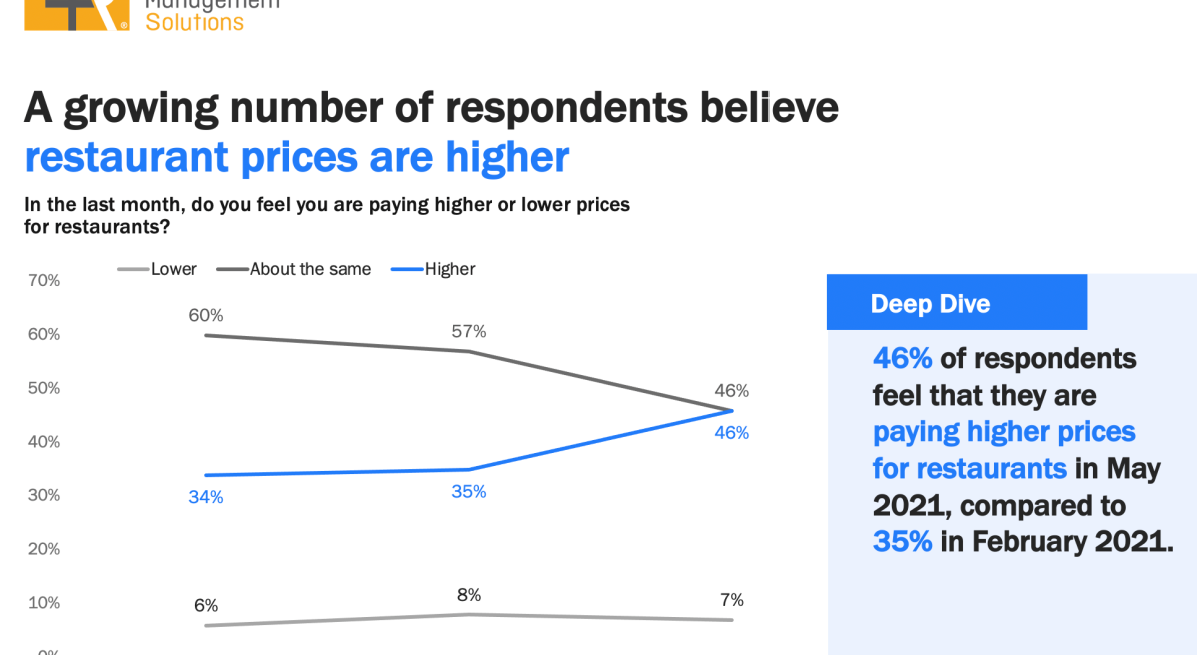MRM Research Roundup: End-of-June 2021 Edition
26 Min Read By MRM Staff
In this edition of MRM Research Roundup, we feature top foods of 2021, customer satisfaction, the Good Food 100 and shopping sentiments, State of the PlateAs we approach a new normal and restaurants reopen, there's a lot to look forward to for the rest of the year. Before looking ahead, let's rewind to see how diners ate their way through the last six months. Grubhub launched the third annual "State of the Plate" report. Looking at trends from hundreds of thousands average daily orders, Grubhub's mid-year report checks in on what has shaped 2021 thus far, including the top trending foods, popular restaurants across the country, and what we can expect to see more of in the second half of the year.
Top Foods
Unlike 2020, diners opted for the plant-based versions of delivery classics so far in 2021. And while last year's top food, the wildly popular spicy chicken sandwich, didn't make the list, the Nashville hot chicken sandwich still made the top…
Sorry, You've Reached Your Article Limit.
Register for free with our site to get unlimited articles.
Already registered? Sign in!

